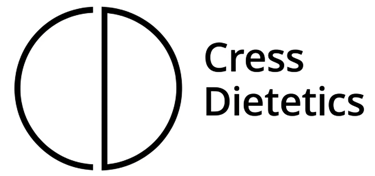Vitamin Stability with heat, light, and oxygen.
MICRO NUTRIENTS
11/17/20252 min read
Notes on vitamin heat, light, and oxygen stability.
Heat Stability: Heat stability refers to how well a vitamin retains its potency and function when exposed to high temperatures, typically during cooking. Vitamins that are sensitive to heat can degrade and break down into inactive forms or even be destroyed at elevated temperatures. The extent of degradation depends on factors such as the specific vitamin, cooking time, temperature, and cooking method.
Matt’s Note: Heat-sensitive vitamins can be tricky and a common deficiency for many. I have seen quite a few individuals benefit immensely from supplementing with Vitamin B1 (thiamin), Vitamin C, and vitamin B6 specifically. Vitamin A and Vitamin B9 (Folate) seem to be less problematic. Heat-sensitive vitamins really support the argument for consuming fermented or raw foods since there's no heat involved to destroy these vitamins. Vitamin B1, B6, and B12 are all rich in red meat but are destroyed if the meat is cooked all the way through, so having a quick sear on each side may be beneficial, but the best option would be to (safely) prepare steak tartar. Keep in mind that raw meat consumption happens around the world. Also, it may seem taboo to have raw meat, but raw fish is widely consumed as sushi. Talking to a butcher, or looking it up online, should help you bridge that potential gap. The Nourishing Traditions book has content on preparing raw meat dishes for those who are interested.
Light Stability: Light stability indicates a vitamin's ability to resist degradation when exposed to light, particularly sunlight or artificial light sources. Some vitamins, especially those sensitive to ultraviolet (UV) light, can break down and become less effective when exposed to light over time. Light stability is especially important for foods that are stored in clear containers or are exposed to sunlight during storage.
Matt’s Note: keep in mind that the inside of a food that is ‘hidden’ from light will protect light-sensitive vitamins. For example, the skin on a peach will protect the vitamin C inside the peach.
Oxygen Stability: Oxygen stability relates to how well a vitamin maintains its integrity when exposed to oxygen, which is present in the air. Some vitamins are prone to oxidation, a chemical reaction that can lead to the breakdown of the vitamin's molecular structure. Oxygen stability becomes more critical for vitamins that contain sensitive compounds like double bonds or reactive groups that can be affected by oxidation.
Matt’s Note: like light stability, oxygen-sensitive vitamins are protected in the inner parts of a food. This is often why we will cut off the ‘dried out’ part of a fruit or vegetable that’s been sitting in the fridge. This is also why the surface of red meats will get a brownish color
Nutrition & Lifestyle
Holistic approach to sustainable dietary changes.
Contact
matt@cressdietetics.com
© 2025. All rights reserved.
Terms & Conditions
